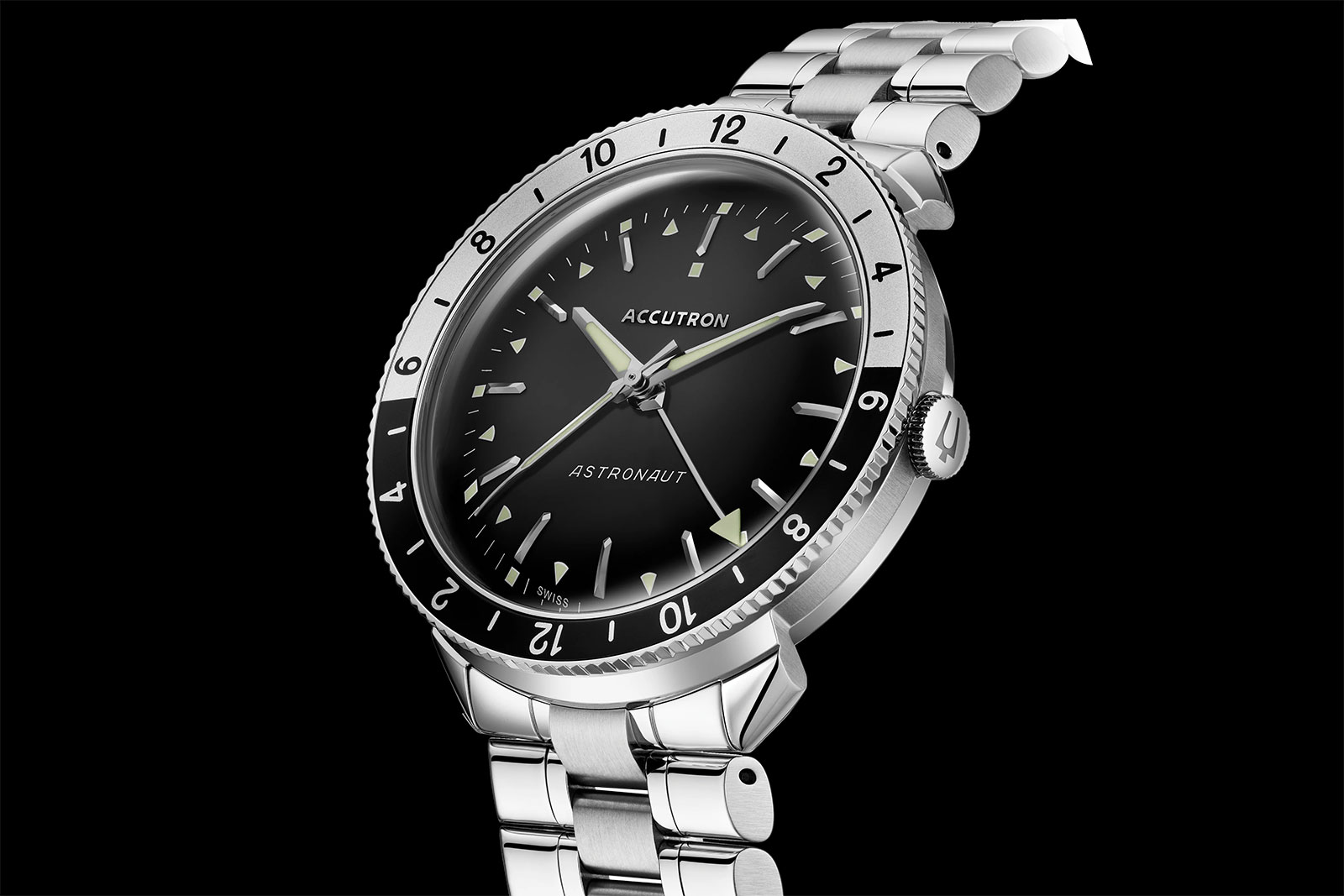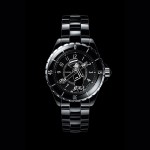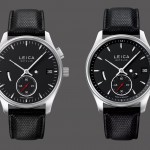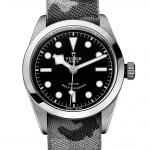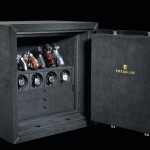Accutron Introduces Astronaut “T”
An electric space watch returns.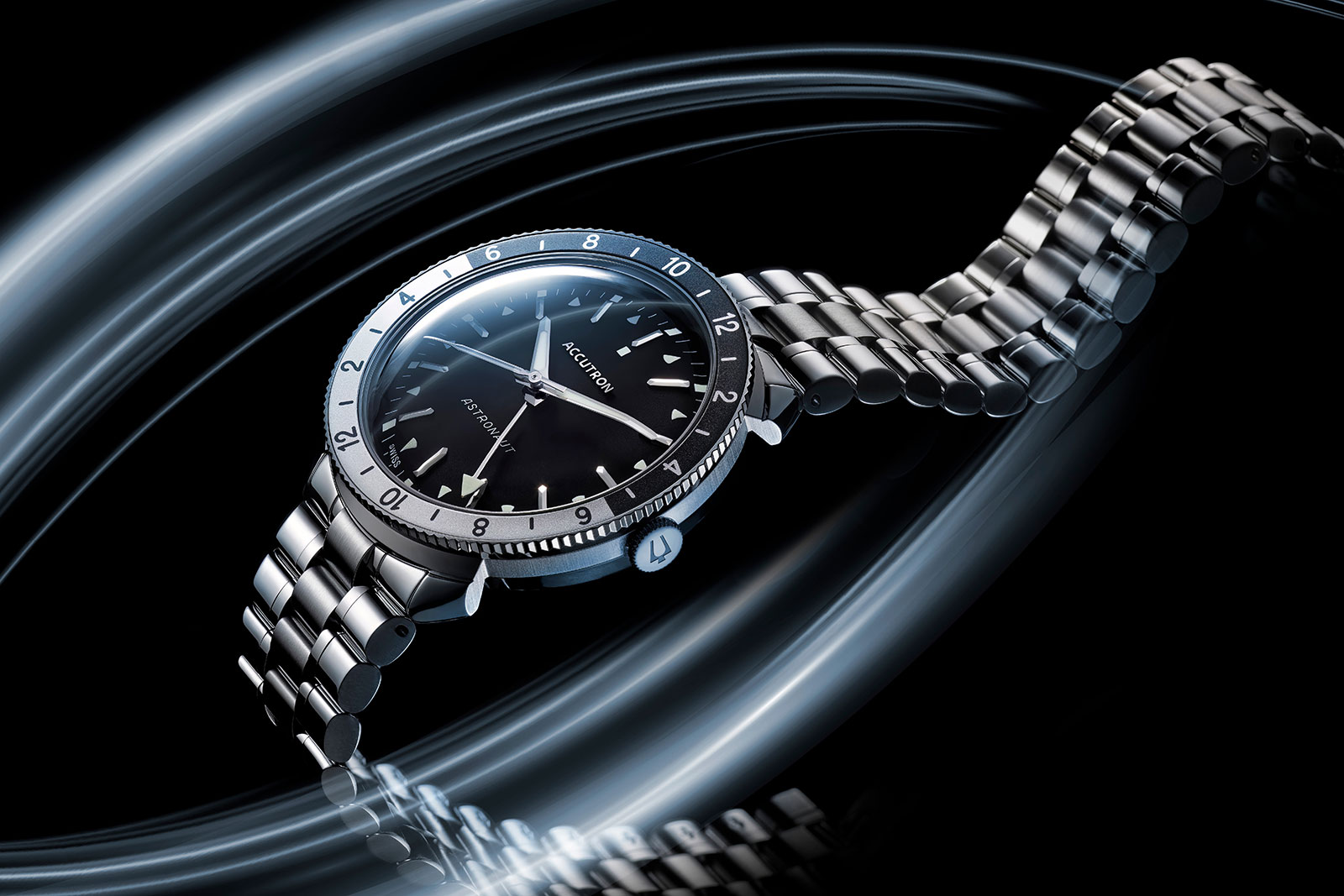
Once a major brand during the 20th century heyday of American watchmaking, Bulova had a long association with the American space programme and US Air Force. Its watches broke the sound barrier, went to space, and even the Moon. One of the watches that left Earth’s atmosphere was the Accutron Astronaut, which orbited the Earth on Mercury-Atlas 9 in 1963.
Now having been spun off as a standalone brand by Bulova, Accutron debuts the Astronaut “T”. The limited-edition remake replicates the look of the crown-less, electric original, but as a modern mechanical watch with a Sellita movement featuring a dual time zone function.
Initial thoughts
Now owned by Japanese watch giant Citizen, Bulova has been steadily rolling out reissues of its best-known historical models, and unsurprisingly Accutron is doing the same. The Astronaut “T” is just the first in an upcoming series of Astronaut watches. Like the brand’s other reissues, the Astronaut “T” has an appealing aesthetic if you like the retro, 1960s style that characterises the series.
And though little known, Bulova’s history in space exploration and cutting-edge air force projects brings a good deal of historical glamour to the model, which boosts its appeal.
But the remake is pricey, especially given that neither the modern-day Bulova brand nor Accutron are known as a makers of high-end watches. The retail price of US$3,500 puts it in the same territory as the Tudor Black Bay Pro that has a more sophisticated movement and better build quality, and in a higher price bracket than comparable models from the likes of Longines. While the space-exploration heritage might help justify that, it’s still an expensive proposition.
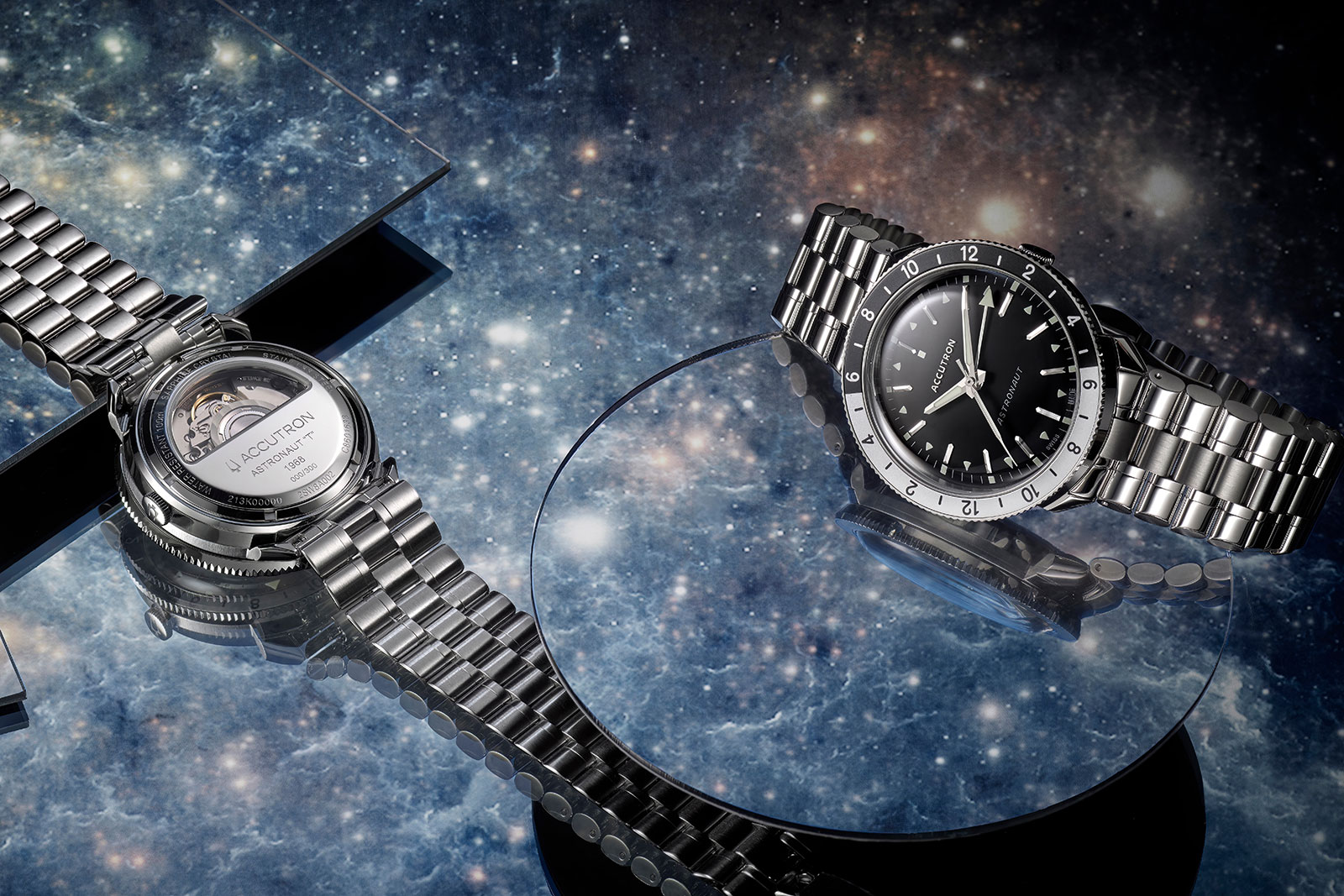
Bulova’s Space Legacy
When the Swiss engineer Max Hetzel joined Bulova in 1950, electric watches were quickly gaining traction as timekeepers of the future. As a result, Ardé Bulova, president of the company and son of its founder, decided Bulova needed its own electric offering, which eventually launched as the Accutron.
The Accutron was electronic watch that guaranteed timekeeping to within two seconds per day – or one minute per month. That unprecedented degree of precision was thanks to a tuning fork regulation system that operated at 360 Hz, over 100 times the frequency of a conventional mechanical watch at the time.
The patent for the technology was filed in 1953 and mass production followed in 1959, with Accutron becoming an entire range of watches. Initial models included the Accutron Spaceview, a wristwatch with an open dial that revealed the electronics below that is arguably the quintessential Accutron model. And the Accutron Astronaut “T” followed in 1968, after an earlier version of the Astronaut went into space.
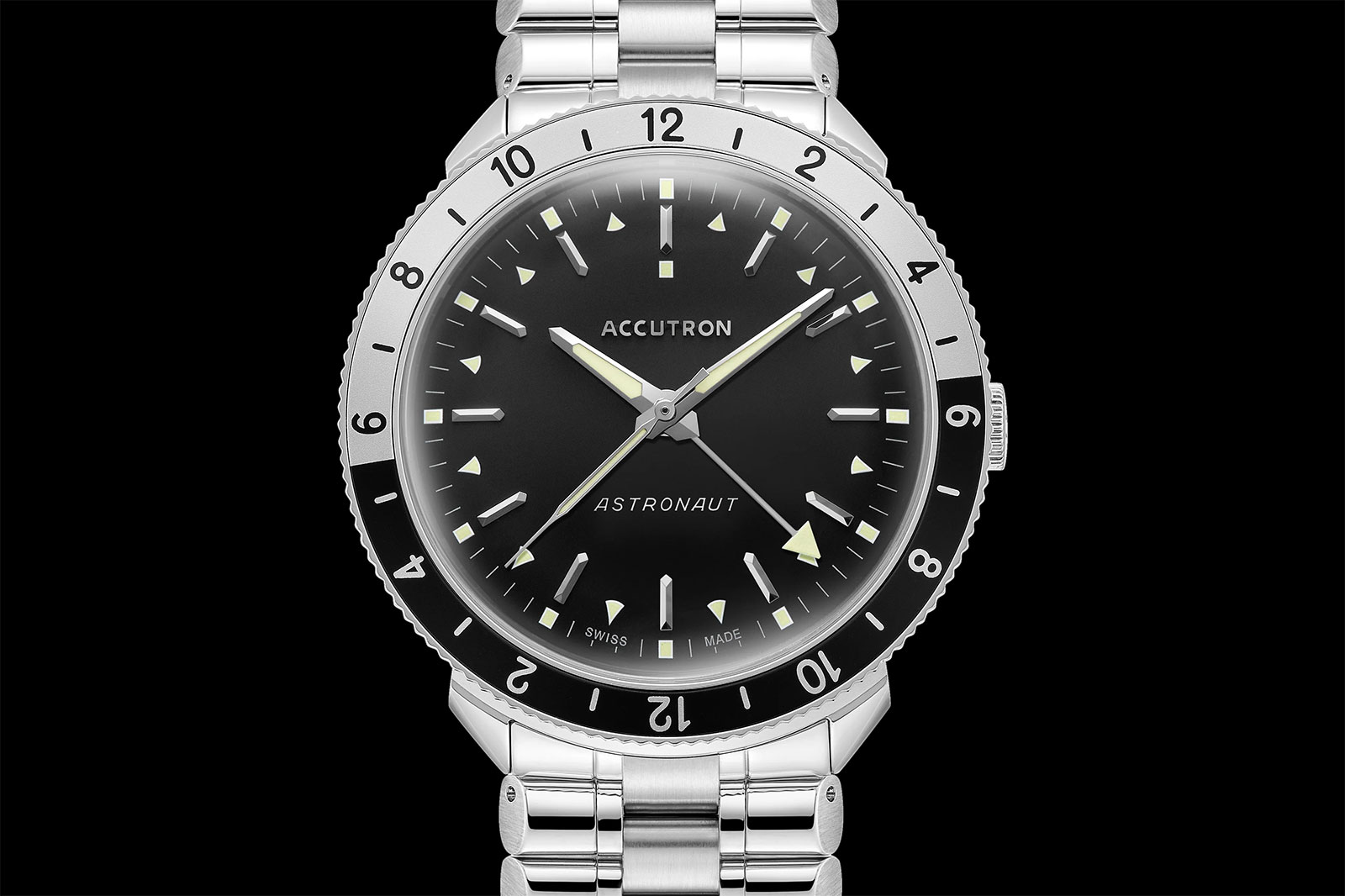
Bulova’s relationship with the US military, and air force in particular, was well established before the space programme began. A key figure in that relationship was General Omar Bradley, who led American forces during the Normandy invasion during the Second World War and later became the armed force’s most senior officer. Bradley became chairman of Bulova after retiring from the military, helping cement a relationship that would take Bulova timekeepers into space.
On 20 July 1959, a Bulova Accutron clock was used for the first time in a spacecraft, when it was installed on the Explorer 6 satellite. And in 1960, Bulova was instructed by NASA to incorporate the tuning-fork technology of Accutron into the timekeeping equipment of the space programme. By the 1960s, Bulova timekeepers had been part of 46 space missions, including Mercury-Atlas 9 that made the Accutron Astronaut the first Bulova in space.
The Astronaut T
Now let’s talk about the watch itself. Though enlarged like many reissues, the new Astronaut remains faithful to the 1968 model in many aspects. It retains the same overall design, right down to the indices, luminescent markers, hands, and even the italicised inscriptions on the dial at six and 12 o’clock.
Another important design element that’s been preserved on the remake is the bezel, which is actually a day-night bezel with double 12-hour scales, instead of the usual 24 hours found on ordinary GMT watches.
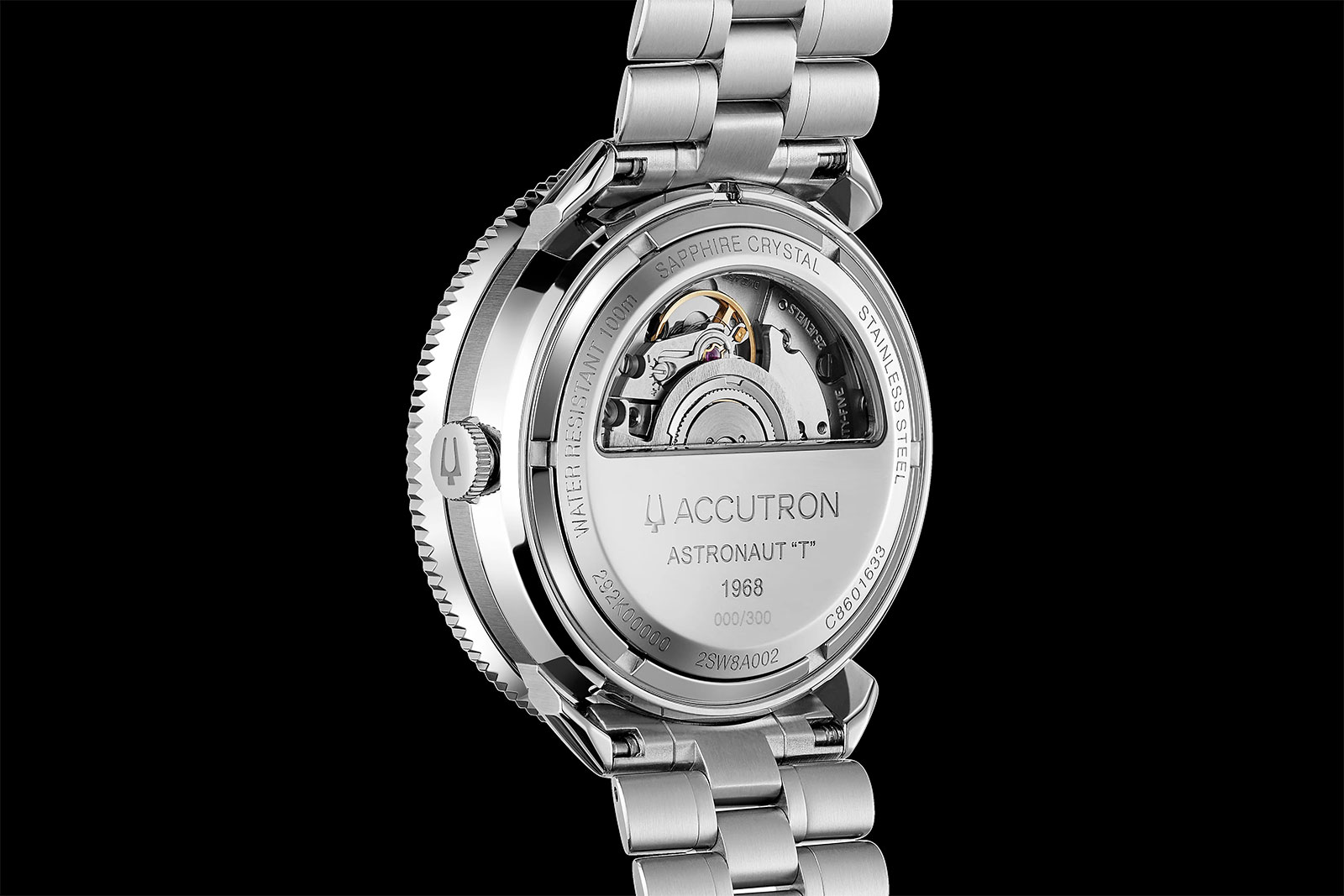
But the diameter of the watch has increased from 38 mm to 41 mm, no doubt to cater to modern tastes. But like the original, the case has rather short lugs, which should attenuate the increase in diameter.
The remake is obviously no longer equipped with the electric Accutron movement, instead it contains a Sellita SW330, an automatic movement with a GMT function and 56-hour power reserve.
Key facts and price
Accutron Astronaut “T”
Ref. 2SW8A002
Diameter: 41 mm
Height: 13.85 mm
Material: Steel
Crystal: Sapphire
Water resistance: 100 m
Movement: Sellita SW330
Functions: Hours, minutes, seconds, and second time zone
Winding: Manual
Frequency: 28,800 beats per hour (4 Hz)
Power reserve: 56 hours
Strap: Steel bracelet
Limited edition: 300 pieces
Availability: From Accutron online and its authorised retailers
Price: US$3,500
For more, visit Accutronwatch.com.
Correction February 28, 2023: The Astronaut is a watch made by the Accutron brand, rather than Bulova, as the former has been spun off the later into a standalone brand.
Back to top.
